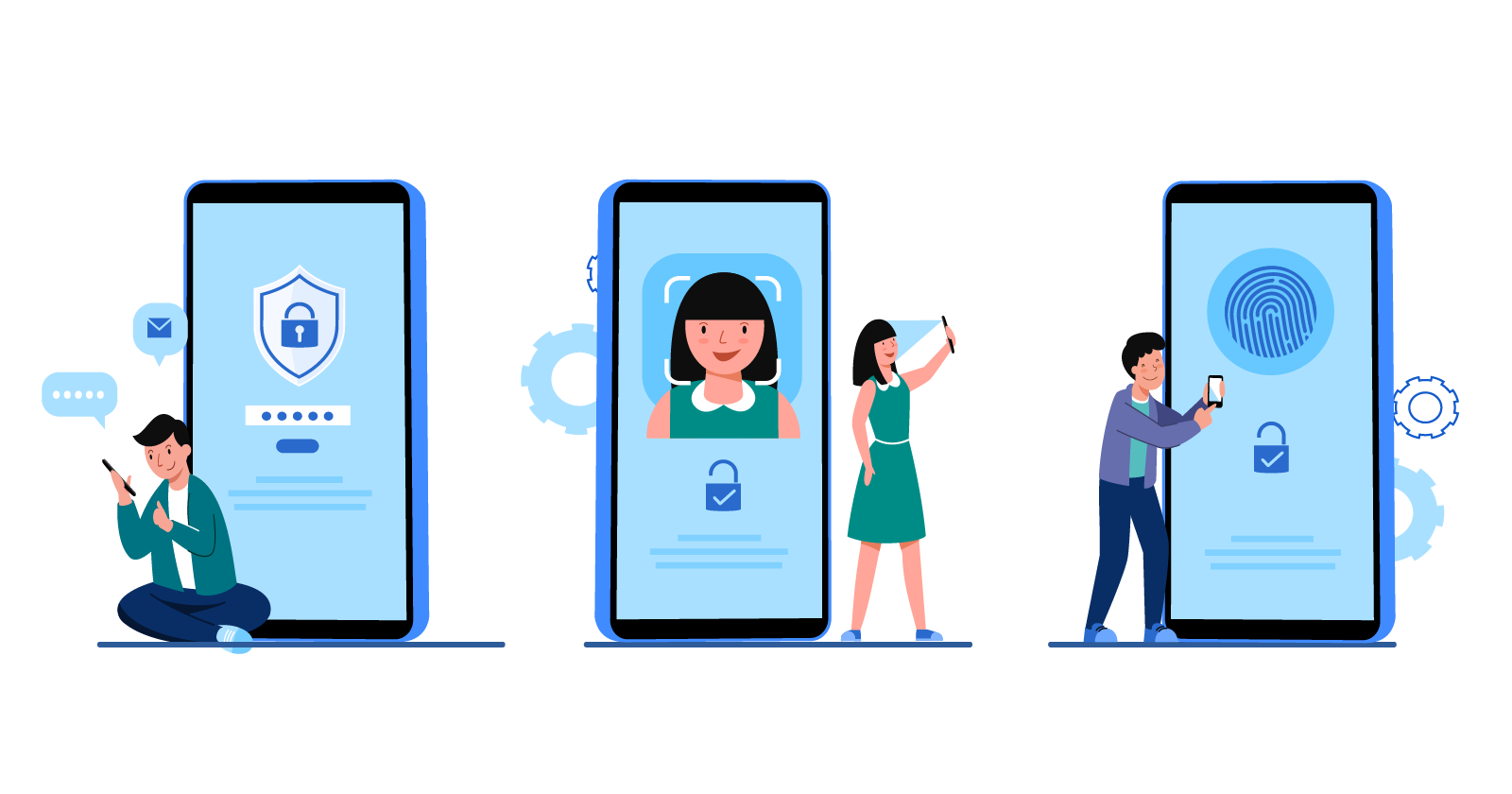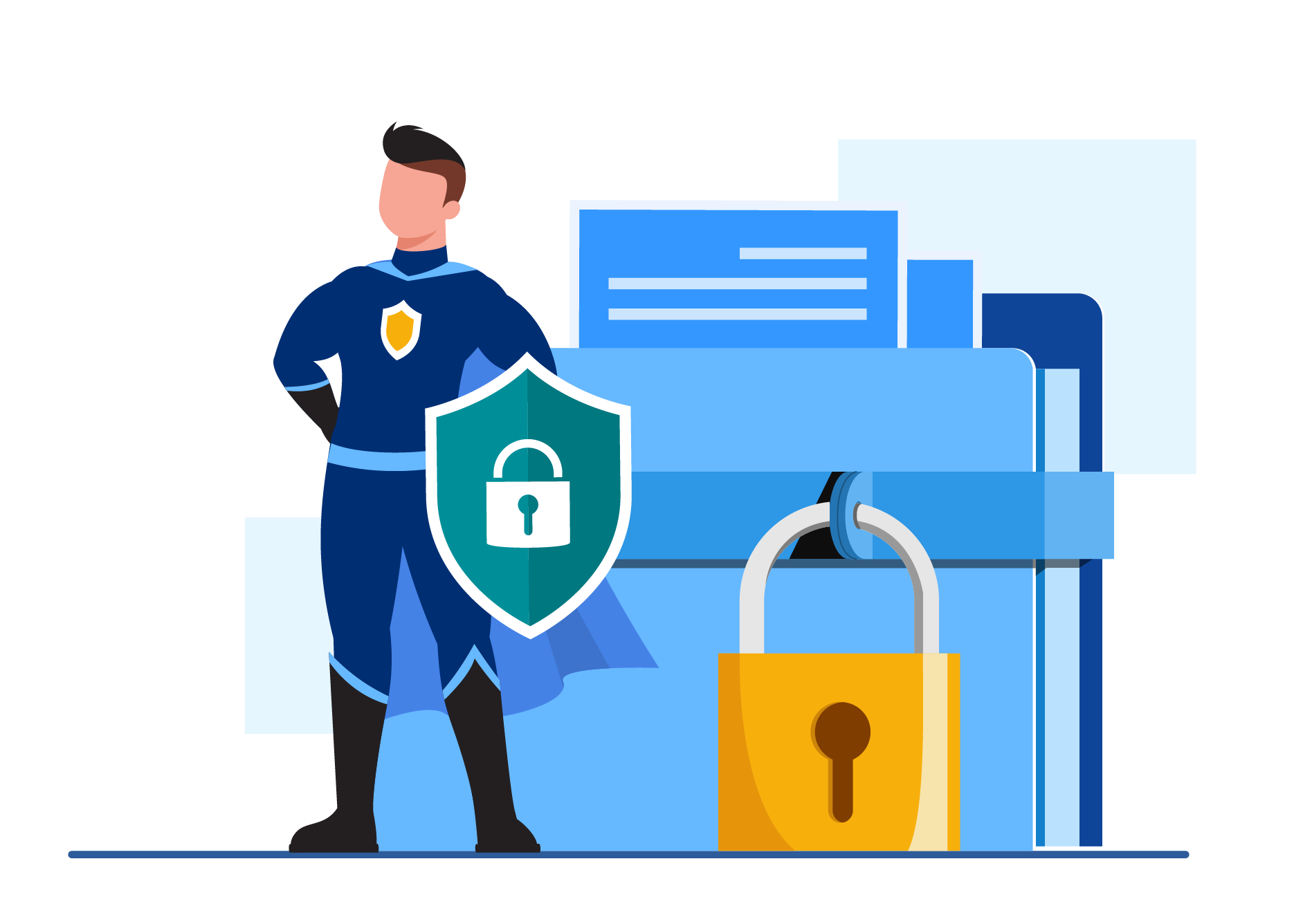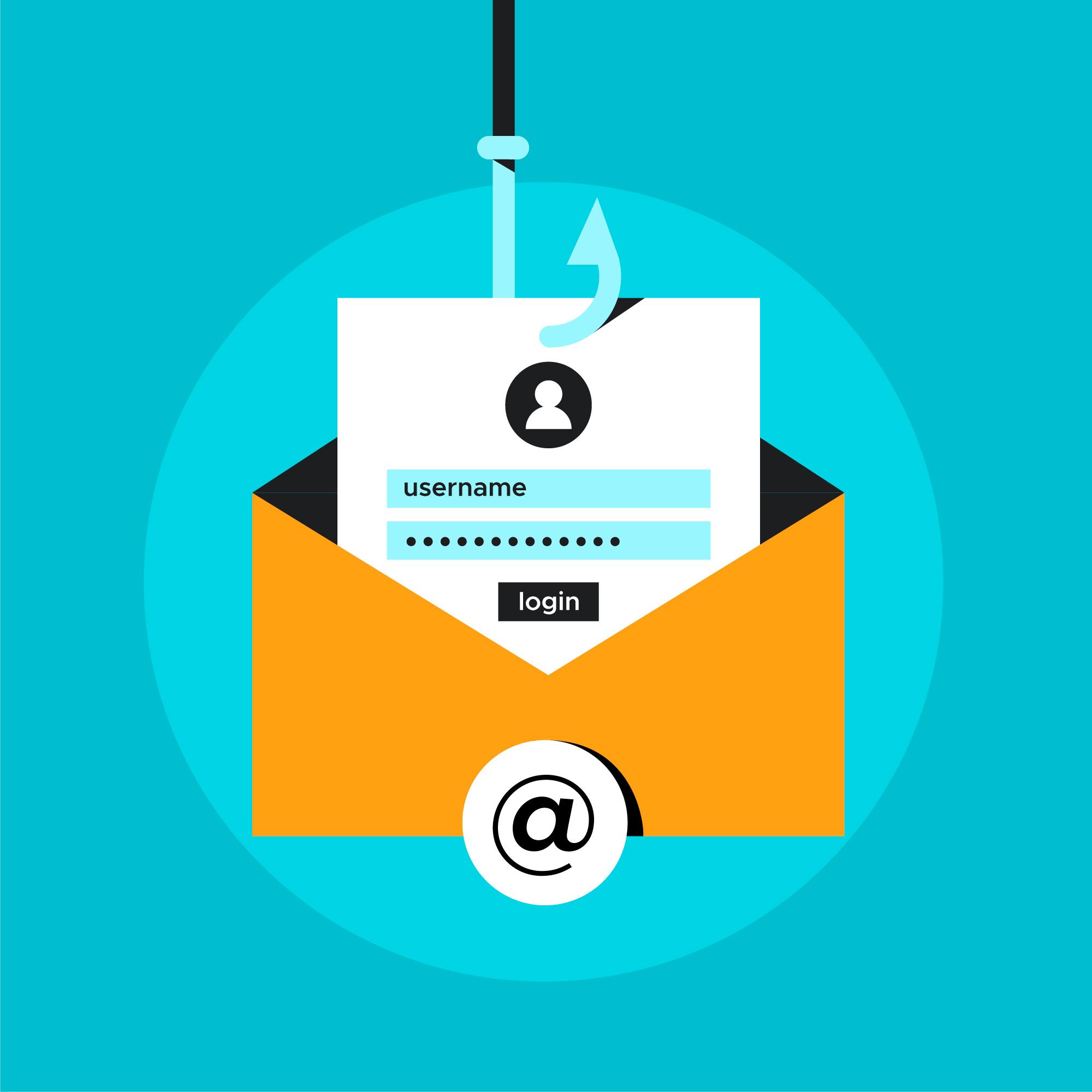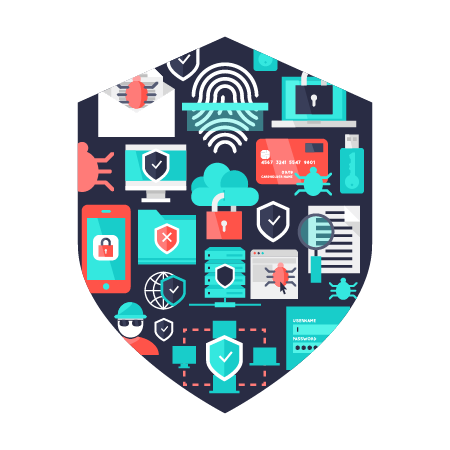Internet Safety for Users
 Charity Obukomena
Charity Obukomena
Internet safety simply means having maximum awareness of personal safety and the security risks to your private information and property when using the internet. It is self-protection from computer crime.
It is no news that people have been scammed and looted through the internet. Many have lost their money, access to their social accounts (Facebook, Instagram, Twitter, LinkedIn. etc.), email addresses, and other internet accounts to hackers and scammers.
I had lost my Facebook account to scammers, probably because I used the same password across all platforms which were very wrong. But had no idea at the time. (I learned my lesson from that already though).
This post will educate every reader on different practices, tips, and tools to guard against internet hackers if followed properly.
Here we go!!!
Practices

You need to make safe choices and these choices are:
- You must verify a person’s identity.
- Verify if a link is safe. A link is safe if it starts with this: “HTTPS:”. If the ‘s’ is not included it is not safe to click on that link.
- You need to be able to identify an online scam.
- Always make sure your privacy protection is always turned on
- You need to be able to identify a cyberbully
- Make use of Ad blockers to stop unwanted pop-ups on your screen.
- Use VPN (Virtual Personal Network) because it establishes a secure connection between your device and a proxy location. In addition, the VPN creates a digital “shell” that protects that connection.
Other Practices
Choose secure and strong passwords for all your accounts. A strong password contains alphabets, alphanumeric keys, and symbols.
Consider the use of 2FA (Two Factor Authentication) which is currently the most secure way to protect your accounts.
Set Privacy and safety settings. Also, block other users who are unknown.
Don’t click links or download files from unknown contacts. Be suspicious of them, especially if your system flags them as harmful or spam.
Don’t give out your account information. No one should ask for your password, pin, token, or any sensitive information for your account, not even your bank.
Tips
For Email Account

Create stronger passwords. Not by making it complex (you could forget it), but use the information only you know about to create passwords. And from my experience at the beginning of the post, don’t use the same password across your different accounts. Switch them up.
Use multi-factor authentication. It will provide extra encryption for your email account.
Take phishing seriously, and don’t click on links or open attachments from suspicious emails.
Don’t click email links except they’re from your contacts.
Lastly, and this is the most unsuspicious but risky one: Don’t use public Wi-Fi, because it just might be an invite to get access to your device. Use only secure Wi-Fi connections to check your emails.
Tools

These tools will keep your personal computer and information saved.
- Get an anti-malware app. Only download those recommended by google or a trusted friend.
- Make use of a pop-up blocker with your browser.
- PC updates regularly
- Get antivirus software and always update it. (only those recommended by google)
Most important takeaway from this post:
Update your password frequently.
Only emails from known persons should be opened.
Do not share your password no matter how much you trust the person.
Multiple layer security should be used for all accounts.
Regular updates of your personal computer.
Always scan your PC with the antivirus software.
Would love to know that most of us are no longer being swindled online, by taking these guides and applying them generously just like I would.
Thank you for getting to the end of this post.
Watch this space for more updates.
#theADAProject #InternetSafety Credits https://linkedin.com/in/max-otifavour Image by jcomp on Freepik Image by Freepik Image by jcomp on Freepik Image by macrovector on Freepik
Subscribe to my newsletter
Read articles from Charity Obukomena directly inside your inbox. Subscribe to the newsletter, and don't miss out.
Written by

Charity Obukomena
Charity Obukomena
I am a Product Designer, still developing and learning regularly. Self-development has been my best friend for a while now.